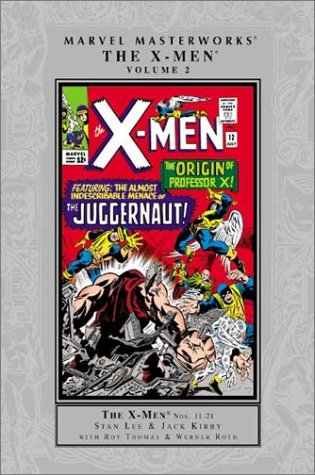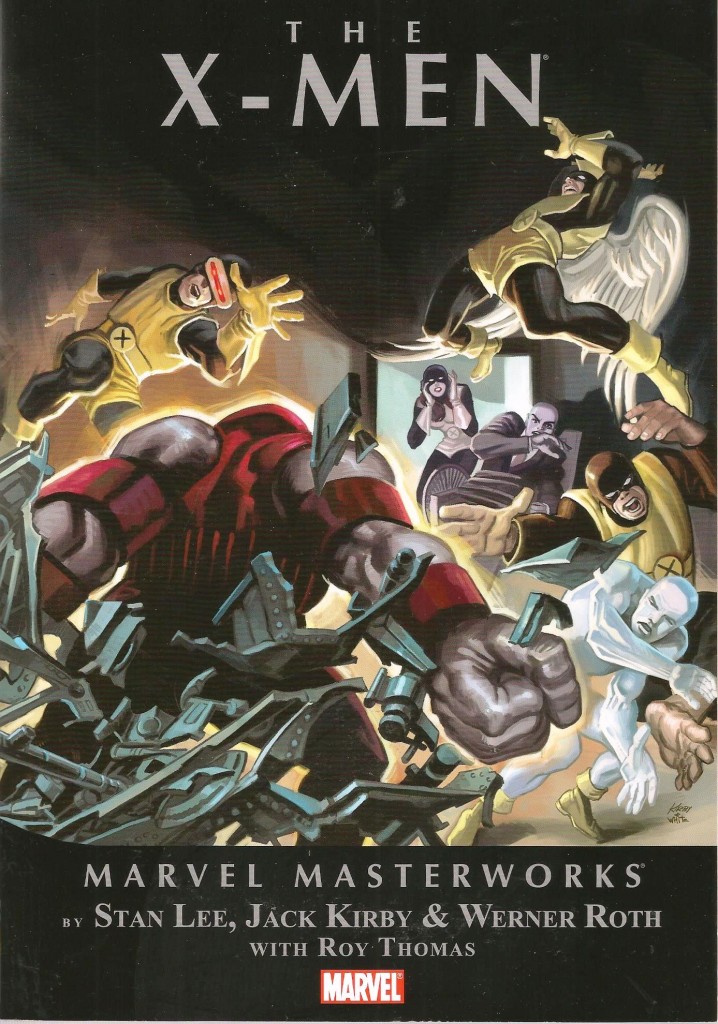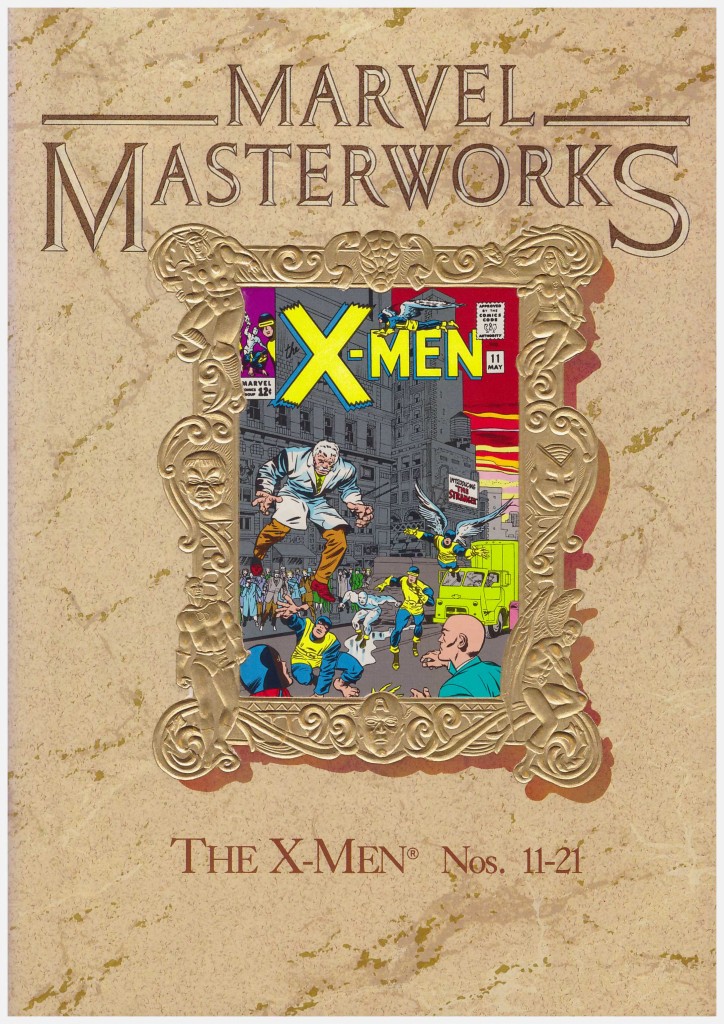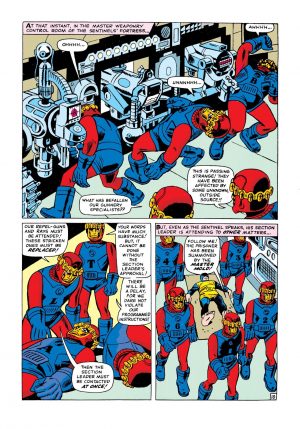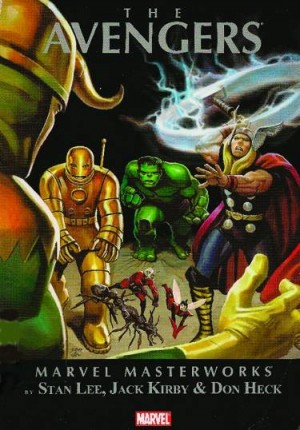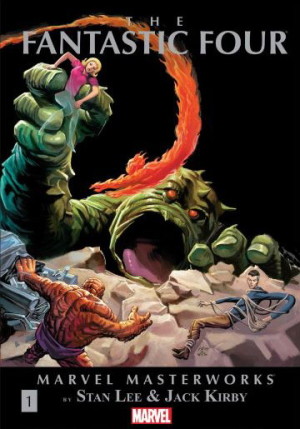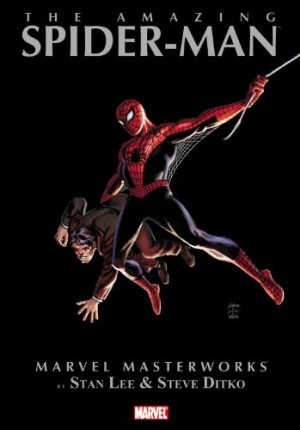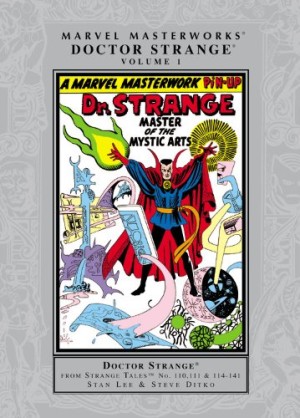Review by Will Morgan
Continuing the 1960’s iteration of the X-Men, which launched in bravura style in Volume 1, the Marvel Universe’s favourite misunderstood outcasts hit a few speed bumps with this second volume. The first major blow is the departure of artist and co-creator Jack Kirby, who had illustrated the first ten issues with power and excitement, but only sticks around for one issue here. It introduces the Stranger, one of Marvel’s less-interesting omnipotent characters, hardly glamourised by his cover depiction in white lab coat, and also temporarily disbands the Brotherhood of Evil Mutants, who had been perhaps overplayed in volume 1.
After a fill-in by Alex Toth (so heavily over-inked by Vince Colletta as to be unrecognisable), the series’ new regular artist is Werner Roth, a solid craftsman who had most recently been drawing romance stories for DC. Indeed, for a while, Roth adopted the pen-name of ‘Jay Gavin’ to avoid awkwardness from his other employers!
Roth’s style is perfectly clear and competent, though somewhat sedate, but strong scripts keep up the excitement – the two-part début of the Juggernaut, one of Professor X’s personal nemeses, is followed by the first appearance of the Sentinels, mutant-hunting giant robots whose shadow would loom larger in the future. Magneto returns in a striking tale with a genuine sense of dramatic menace as our heroes are picked off one by one, and scripter Stan Lee ends his run on the X-Men by introducing the Mimic, a non-mutant anti-hero who challenged the X-Men with their own powers.
The sequential creations of the Juggernaut, the Sentinels and the Mimic would be a hard act for any writer to follow, and the second major strike against the X-Men came with Roy Thomas’ comparatively dull introduction of Lucifer, an uninspired master-villain. It’s tepid at best, with the one good idea of Unus and the Blob enhancing anti-mutant paranoia by committing crimes in X-Men uniforms more or less thrown away.
A brief introduction by Stan Lee, and one page of reproduced original art (missing from the first printing) are the only ‘bonuses’ in this volume.
